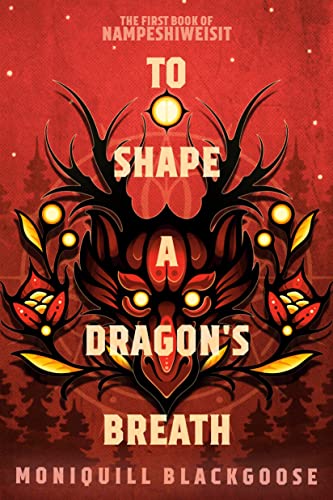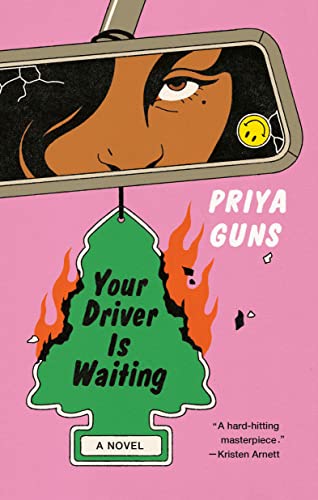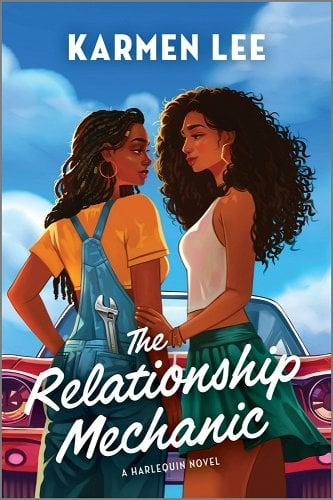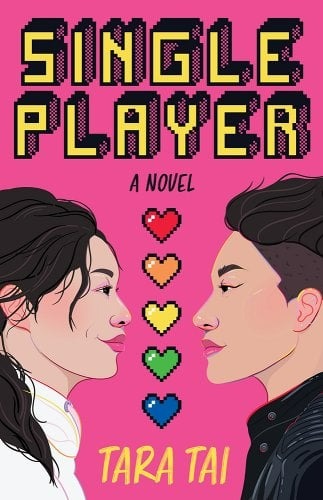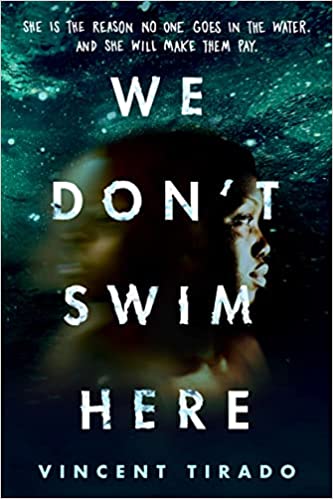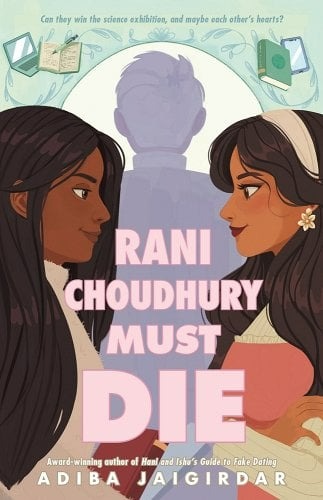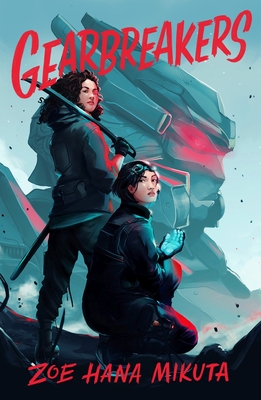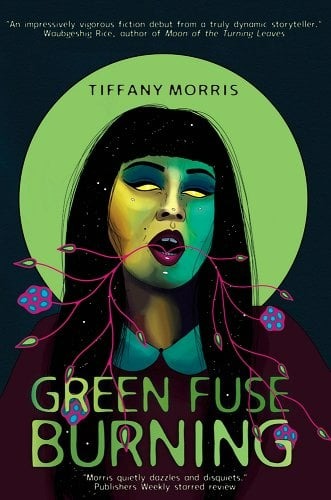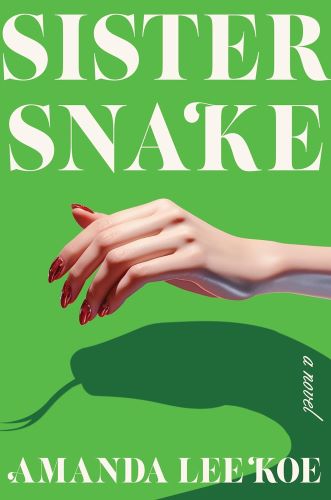I appreciate when coming-of-age stories show people continuing to learn and grow through college and beyond, and this month, I read three graphic novels in that vein: two college stories and one memoir. All of these stand-alone books feature adults but are appropriate for young adult readers, and all of them are lighthearted. Bunt! StrikingRead More
A Compelling Queer Indigenous Fantasy: To Shape a Dragon’s Breath by Moniquill Blackgoose Review
I love a magic school book, and I love a dragon book, and I especially love a dragon school book. To Shape a Dragon’s Breath by Moniquill Blackgoose was such a great entry to the genre. I couldn’t put it down, and I keep thinking about its innovative world-building. Anequs is the protagonist I didn’t know I’veRead More
A Ride You Won’t Forget: Your Driver is Waiting by Priya Guns Review
Your Driver is Waiting is a whirlwind debut that you should immediately add to your TBR. Engaging, timely, and compulsively readable, Priya Guns’ (she/her) writing style kept my attention from page 1 all the way through the acknowledgments. That’s no small feat. Guns charms readers with her portrayal of chaotic, yet lovable Damani Krishanthan, a Tamil,Read More
Sweet and Spicy Southern Romance: The Relationship Mechanic by Karmen Lee
On paper, Karmen Lee’s upcoming romance The Relationship Mechanic, the second in her Peach Blossom series, has so much that I love in sapphic romances. I’m a big fan of small town romances and plots that promise anything but a slow burn alongside plenty of emotional gut punches. And, oh goddess, did it deliver everything I wantedRead More
A Geeky, Charming Workplace Romance: Single Player by Tara Tai Review
In this dual POV romance, Cat starts working at a video game company, hired to add in romance plot lines to a fantasy game in progress. Her boss is Andi (who uses she/they pronouns), who is skeptical of the addition of romance to the game, to put it generously. It’s the result of a “suggestion”Read More
Small-Town Ghosts: We Don’t Swim Here by Vincent Tirado Review
Tirado’s second young adult horror novel is an alternating POV story following two main characters: cousins, Anais and Bronwyn. Anais has always lived in the small, rural, secluded town of Hillwoods, a place to which Bronwyn is now forced to move so that her entire family may spend time with her grandmother while she’s inRead More
A Sciencey Sapphic Read: Rani Choudhury Must Die by Adiba Jaigirdar
Rani Choudhury Must Die by Adiba Jaigirdar is a book I’ve been looking forward to. I really enjoyed Hani and Ishu’s Guide to Fake Dating, as well as The Henna Wars by the same author, and I was in the mood for a teen read! This story follows Rani and Meghna, ex-best friends who find out they’re dating theRead More
Pacific Rim Meets Crier’s War: Gearbreakers by Zoe Hana Mikuta
Gearbreakers by Zoe Hana Mikuta is one of those books that somehow passed me by when it came out in 2021. It follows two teenage girls, Sona and Eris, as they try to destroy the Godolia empire from the inside: Sona as one of the students from the Academy who earns a spot as a frighteningRead More
A Lush Horror Novella Embracing Death and Renewal: Green Fuse Burning by Tiffany Morris Review
“Why did people need to be in nature to process the things that happened to them? Maybe it was because what was thought of as wild did not require a veil—it saw you as you truly were: an animal skulking among animals.” Though I haven’t read a lot of horror, there is plenty of horrorRead More
The Unique Venom of Found Family: Sister Snake by Amanda Lee Koe Review
Su and Emerald are sisters with nothing in common: Su lives in Singapore, playing the perfect wife to her conservative politician husband. Emerald is a queer sugar baby in New York, barely scraping by living with an artist friend. While their current lives look very different and they rarely speak, they have a shared past:Read More
- 1
- 2
- 3
- …
- 18
- Next Page »

